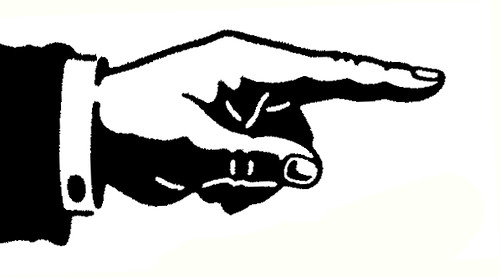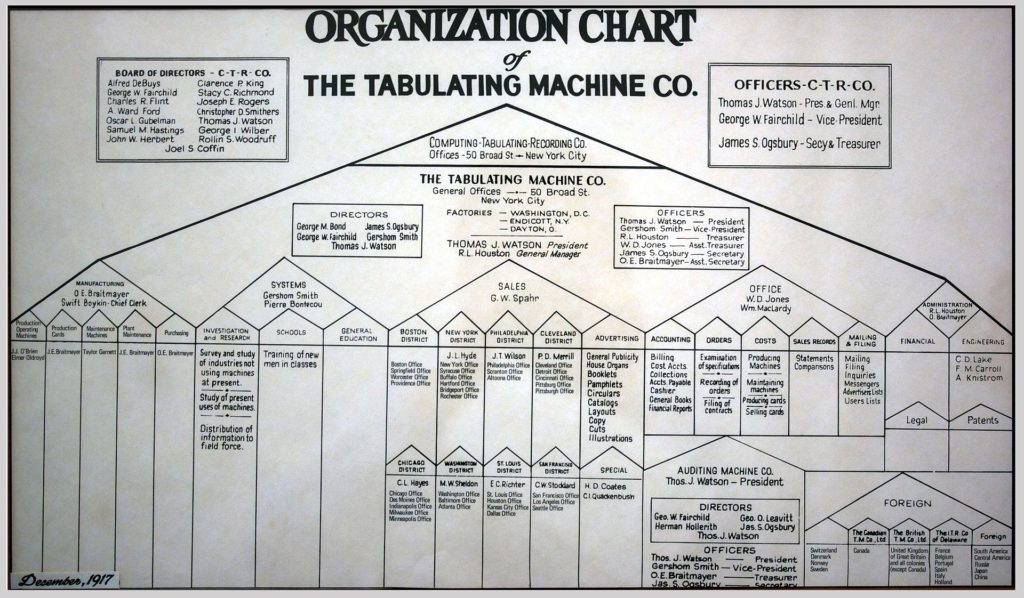
Companies make mistakes. But when they do, we expect them to make it up or else we may will never buy from them again. So what should a company do to keep customers happy when they screw up? Find top tips to a service recovery process.
1. Don’t Blame Someone Else for the Problem
It’s not the waiter’s fault if the cook forgot to put your sauce on the side, or the pilot’s fault if the weather in Chicago causes a delay, or your dealer’s fault if a supplier provides poor quality parts. Your customers know this, but they still expect the company to take responsibility for a poor experience, even if they did not have total control over the situation.
2. Apologize
When news broke that some GM cars were being recalled, CEO Mary Barra, appeared on the morning news shows. She was contrite and promised to look into the cause and correct the problem. Though her remarks were undoubtedly scripted, she was proactive and sincere.
Toyota, by contrast, spent months trying to prove that they were not at fault when their airbags failed, which cost them dearly in public sympathy.
3. Don’t Expect Your Customers to Understand Your Org Chart
If you give me a customer service phone number, I will assume that is the right place to call with a problem. I don’t care that you have different departments and call centers that handle warranty support separately from technical support. I just want my problem fixed!
4. Make it Your Problem
The Ritz-Carlton Hotel Company has won two Malcolm Baldridge Awards (awarded to companies for top quality management systems) and is the only service company to do so twice. One of the statements that defines the culture of the Ritz is: “If you hear about a problem, you own the problem until it is solved.”
5. Don’t Require Your Managers to Approve Service Recovery Actions
You know the drill. Employees cannot do anything about a problem other than alert their manager, who is probably busy doing something else.
In a command-and-control culture like this, bosses have all the power and must approve any action to solve a customer problem. Wrong order in a restaurant, the manager has to come over for a chat; car not fixed right the first time, service manager needs to approve the fix.
Don’t make managers approve the solutions. Don’t let them be the red tape.
6. Empower Frontline Employees to Solve Problems
The reason Ritz-Carlton is so good at service recovery is that employees are empowered to use their judgment and to take action. In order for this to work, employees need to be trained to make good decisions.
Empowerment does not mean there are no rules, it mean there are guidelines and limits on employee authority. Just be sure though that those limits are not too tight. My Dell technician on the phone was empowered to order new parts for my computer, but could not send me a new computer when the third new hard drive and mother board did not work. The last thing a mad customer wants is to have to wait around and explain their situation to another person who may or may not have the authority to solve the problem.
7. Don’t Offer a Cheap Gift to Pacify an Angry Customer
Expecting good service at a top restaurant on Valentine’s Day should not be too much to ask. Our waiter on Valentine’s Day was clearly in a rush and the service was terrible. After complaining, the manager agreed to deduct 15% from our $250 bill. Far too small a “gift” given the price we had paid.
Contrast that with my experience at a Beverly Hills restaurant, where in response to bad service, I received an apology letter from the VP of customer service, an offer of a free night in an ocean-view suite, and free dinner any time I wanted to come back.
8. Don’t Wait for a Customer to Complain
The trigger for kicking in the service recovery process in most organizations is a formal complaint (usually in writing) or a negative rating on a survey. However, the majority of customers do not write complaint letters or fill out surveys. They just tell friends and never buy from you again.
Smart call centers are using “smart” voice recognition software to detect unhappiness before an issue escalates to an actual complaint or grievance. New facial recognition software can also be used to detect frustration and anger in customer’s faces. Frontline staff needs to be trained in behavioral observation to detect situations where service recovery needs to go into action.
9. Design a Strong Service Recovery Process
When designing the service recovery process, it’s best to create a chart that lists typical problems on the left and appropriate remedial actions on the right.
Some amount of scripting may be appropriate for a service recovery process, but best to teach employees a variety of ways to apologize that are appropriate and some basic rules like using the customer’s name and mentioning the specific problem that occurred.
The keys to a successful service recovery program are to:
- Recognize service failures and take immediate action—don’t wait for surveys or complaints.
- Accept responsibility and sincerely apologize.
- Offer something that the customer perceives as fair compensation for the inconvenience.
- Empower employees to take action—don’t make managers make all the decisions.
- Follow up to make sure the customer is satisfied.
The good news for organizations is that most of us will put up with mistakes and remain loyal if an apology is made. In fact, when an organization admits they made a mistake and offers compensation for the mishap, this actually increases feelings of goodwill and enhances the loyalty level of the customer.
So when you screw up, fear not – if you handle it well, you’ve just made a customer very happy.
This article originally appeared in IndustryWeek.
GET THE SKILLS YOU NEED
Thousands of independent consultants, subject matter experts, project managers, and interim executives are ready to help address your biggest business opportunities.
About the Author
More Content by Mark Graham Brown





























